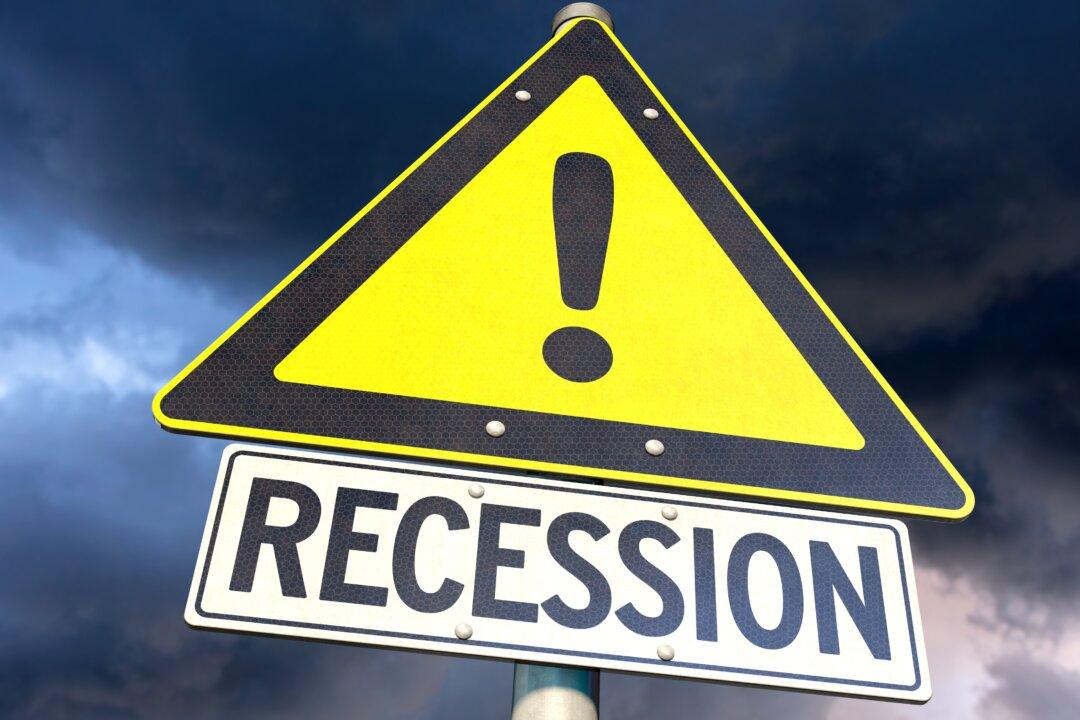Commentary
It is a study in confoundingly sharp contrasts. On the one side, last week the U.S. Bureau of Economic Analysis (BEA) “shocked” the media, anyway, by releasing its estimate for U.S. real GDP during 2022’s first three months. Disaster. Negative. A sickly economy already showing signs of the demand destruction markets have been pricing for quite some time.





